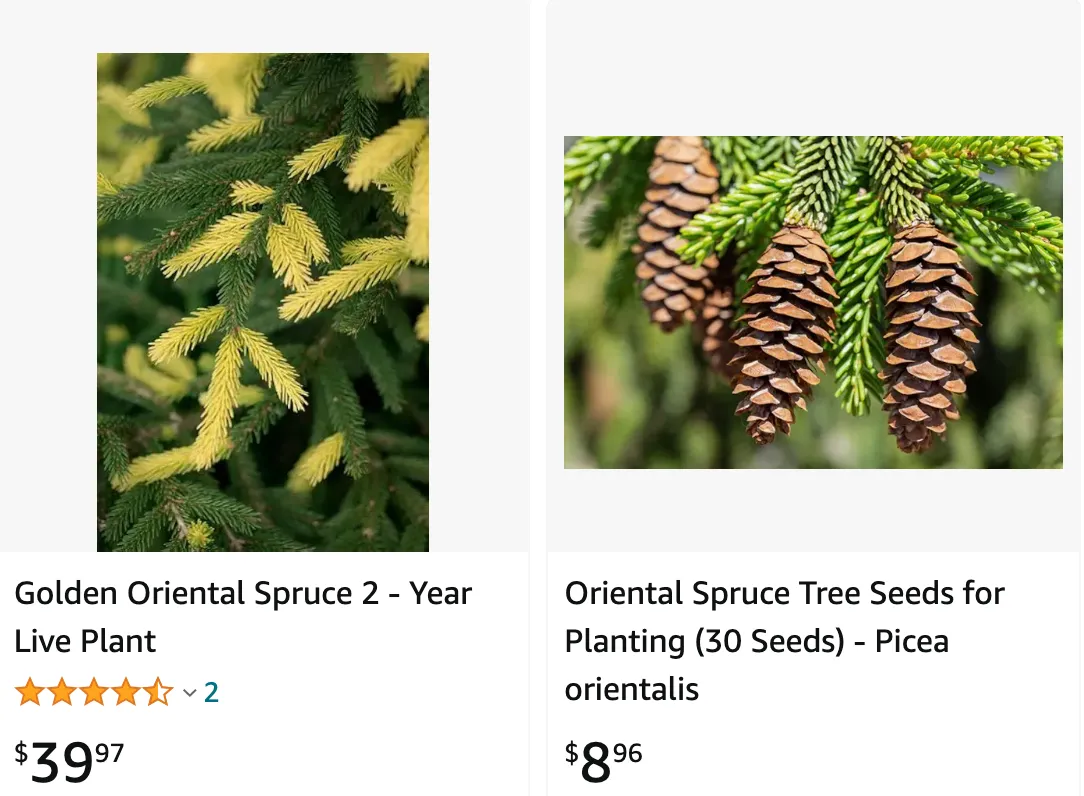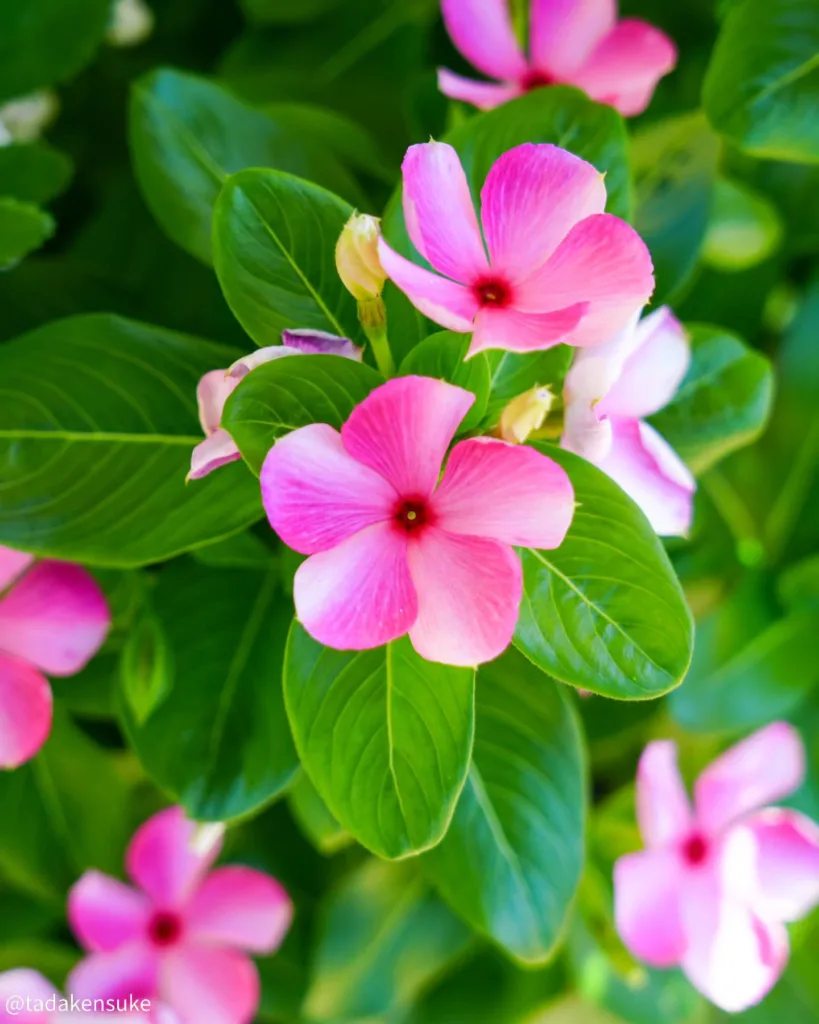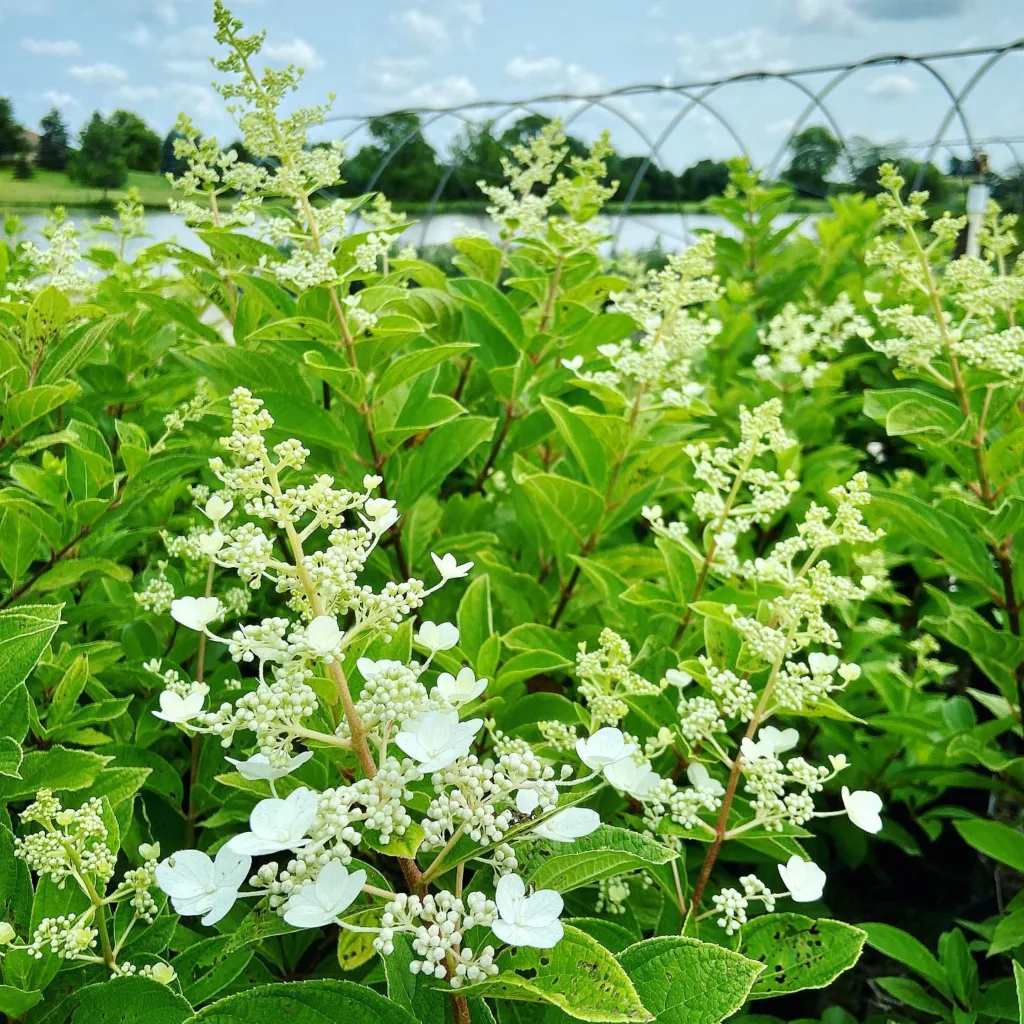
A Majestic Evergreen: My Experience with the Picea Orientalis
The Picea orientalis, also known as the Caucasian Spruce or Oriental Spruce, has become a captivating addition to my garden. Its towering presence and rich green foliage instantly drew me in, and after much research, I knew I had to find a spot for this magnificent conifer. In this article, I’ll share my experience with this fascinating tree, from planting and care to its unique characteristics.
41 Species in Genus Picea
How to plant Picea orientalis?
The Picea orientalis is no petite shrub. It can reach heights of up to 145 feet (45 meters) with a trunk diameter exceeding 4 meters in ideal conditions. With this in mind, selecting the perfect planting location is crucial. I opted for a spacious area on the north side of my property, ensuring ample room for its future growth and allowing it to cast shade on my south-facing flowerbeds during the hot summer months.
Pro tip: Before planting any tree, consider its mature size and potential root spread to avoid future conflicts with buildings, walkways, or underground utilities.
How to care for Picea orientalis?
Once planted, caring for the Picea orientalis is relatively straightforward. Here’s what I’ve learned:
- Watering: During the first year, consistent watering is essential, especially during dry spells. As the tree matures, its root system becomes more established, requiring less frequent watering. However, I still give it a deep soak during extended periods without rain.
- Soil: The Picea orientalis thrives in well-draining, slightly acidic soil. I amended my planting site with compost and organic matter to ensure proper drainage and nutrient retention.
- Mulching: A layer of mulch around the base of the tree helps retain moisture, suppress weeds, and regulate soil temperature. I use a two- to three-inch layer of shredded bark mulch, keeping it a few inches away from the trunk to prevent rot.
- Fertilization: While not strictly necessary, a balanced fertilizer formulated for conifers can provide a boost of nutrients during the early years of growth. I fertilize my Picea orientalis sparingly in early spring, following the instructions on the fertilizer label.
Can Picea orientalis be Pruned to Manage Size?
Yes, the Picea orientalis can be pruned to maintain a desired size and shape. However, proper pruning techniques are essential to avoid damaging the tree. Pruning is best done in late winter or early spring before new growth emerges.
Here are some key points to remember when pruning your Picea orientalis:
- Focus on removing dead, diseased, or damaged branches.
- For size control, shorten new growth by no more than one-third.
- Always use sharp, clean pruning shears to prevent ragged cuts.
For more extensive pruning or shaping, consulting a certified arborist is recommended.
A World of Spruce Varieties: Picea orientalis Aurea and Tom Thumb Gold
The Picea orientalis family boasts several captivating cultivars. Here are two that have piqued my interest:
- Picea orientalis Aurea: This stunning cultivar features bright golden yellow foliage that adds a vibrant pop of color to any landscape.
- Picea orientalis ‘Tom Thumb Gold’: This dwarf variety is perfect for smaller gardens, reaching a mature height of only 3-4 feet (1-1.2 meters). It boasts golden yellow needles similar to the Aurea cultivar.
Where to Buy a Picea orientalis Aurea?
Finding a reputable nursery or online retailer that specializes in conifers is your best bet for acquiring a Picea orientalis Aurea. A quick web search for “Picea orientalis Aurea for sale” should yield some results.
What to Plant With Picea orientalis?
The Picea orientalis can be a versatile addition to various garden styles. Here are some ideas for companion plants:
- Low-growing flowering shrubs: Azaleas, rhododendrons, and hydrangeas provide a colorful contrast to the evergreen foliage.
- Shade-loving perennials: Hostas, ferns, and coral bells thrive in the dappled shade cast by the Picea orientalis.
- Spring-blooming bulbs: Daffodils, tulips, and crocuses create a festive display before the tree leafs out in spring.
With its majestic presence and relatively low maintenance requirements, the Picea orientalis has become a cherished member of my garden. By understanding its needs and providing proper care, you too can cultivate this magnificent conifer and enjoy its beauty for generations to come.
If i die, water my plants!



